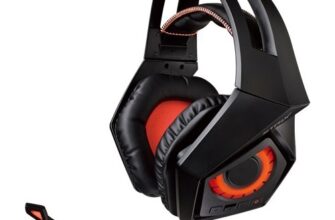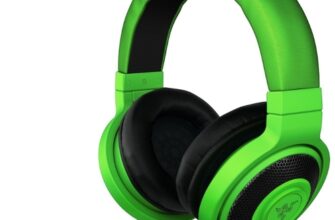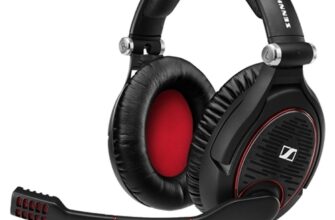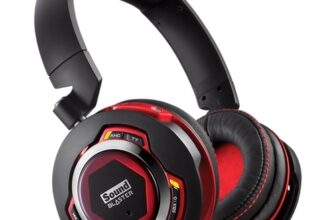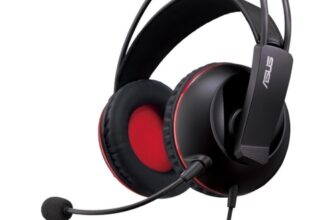When choosing a graphics tablet, you should pay attention to the type of device and some of its technical characteristics.
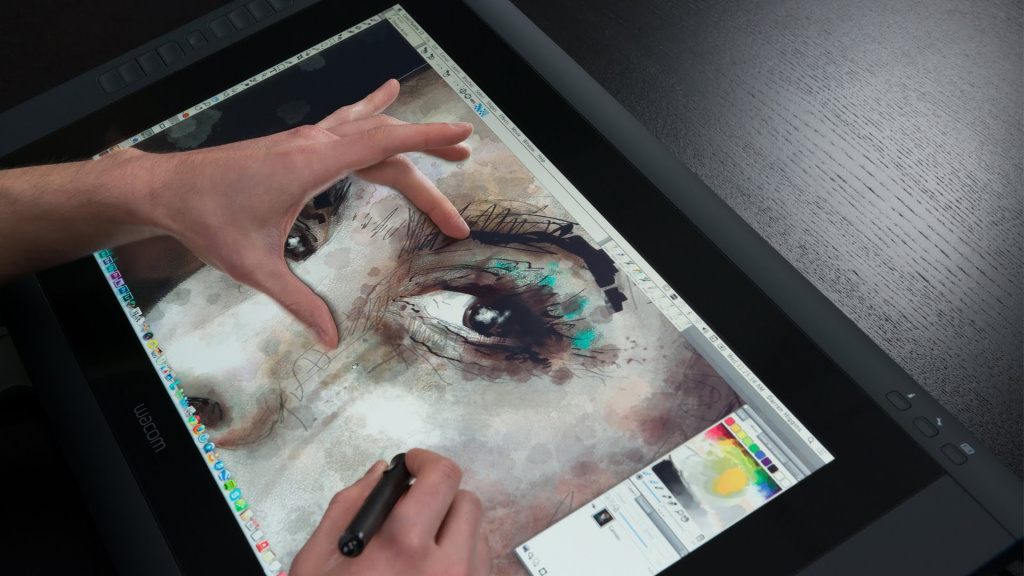
How to choose a graphics tablet for drawing: key parameters
The most important criteria for choosing a graphics tablet are:
-
A type;
-
Format;
-
Screen resolution (for interactive monitors);
-
Feather characteristics;
-
Additional features.
-
The manufacturer of the device is also important.
Types of graphic tablets
Graphic tablets are structurally and functionally divided into three groups: digital notebooks, semi-professional solutions and interactive monitors.
Digital notepads

A digital notepad is the simplest and most affordable graphics tablet option. However, it has very limited functionality, so only very undemanding users can draw with it. Basically, digital notebooks are designed to add notes and translate handwritten text into electronic form.
However, digital notebooks are most often used in the business environment, where they are used to leave handwritten signatures on electronic documents.
Of course, such graphic tablets can be used for drawing. However, the lack of recognition of degrees of pressure in the stylus and the low resolution of the touch surface, as well as the lack of protection against unintentional pressing in most models make them at least uncomfortable. On such tablets, you can only draw up simple sketches.
Semi-professional graphics tablets

It is these devices that are worth buying if you plan to draw on a computer. Semi-professional graphics tablets have a fairly high sensitivity and good performance. This allows them to be used to enter graphics, text, and other operations.
The difference between fully professional and semi-professional graphics tablets is usually in size. Devices of the first type have a format similar to A4 or even A3, and the second is usually several times smaller – A5 or A6. In addition, professional graphics tablets usually come with a multifunctional stylus.
However, for most 'home' graphics operations (drawing, web design, small format print design, logo design, etc.), a regular semi-professional tablet will be sufficient.
Interactive monitors

Interactive monitors are most commonly used by professional designers. In fact, such devices are not graphics tablets in the classical sense of the term. Rather, they are remote touchscreen displays that are complemented by a sensitive stylus pen for drawing and selecting the right tool.
In recent years, there has been a trend towards replacing such graphics tablets with specialized mobile computers. Such devices include Microsoft Surface third and fourth generations, Apple iPad Pro and 2017 versions, as well as Google Pixelbook and many similar solutions. The above devices are structurally hybrid ultrabooks, however, due to the support of touch input using a stylus (may not be included in the kit), they can be used by professional designers, artists, picchers and other specialists in the digital graphics industry.
Main selection criteria
The main criteria for choosing a graphics tablet are:
-
Format (A5, A4, A3), working surface resolution;
-
Stylus and pen tip specifications;
-
Control keys (availability and quantity);
-
Additional functions (immersion mode, the ability to work without connecting to a PC);
-
Features of interactive screens.
Format
Format is the size of the active area of the graphics tablet. Most often it meets the generally applicable paper size standards – i.e. A5, A4, A3, etc.
-
A5 and smaller – suitable for simple sketches. The main advantage of such tablets is the ability to simply put them on your lap;
-
A4 – the standard for graphic design and simple artwork (web art, illustrations for articles);
-
A3 and above is a solution for complex graphic works such as professional design, high-resolution artwork, large-sized printed materials, architecture, etc.
However, the specific format should be selected based on your requirements and preferences, as well as the planned use. The larger it is, the more expensive a graphics tablet is.
The higher the resolution of the working surface, the more precisely the cursor controlled by the stylus is positioned on the monitor. The value of this parameter is especially important when using 4K screens. For such monitors, a resolution of at least 4000 dpi is desirable.
Stylus characteristics

The characteristics of the stylus largely determine the practicality of the entire graphics tablet (regardless of the type, be it a semi-professional solution or an interactive monitor). Among the most important parameters are pen type, tilt and pressure sensitivity, and nib material and design.
There are several types of stylus:
-
Usual. Designed to draw a straight line (or other element, depending on the selected graphic tool). Often such styluses are able to recognize the intensity of pressure and angle of inclination for the most accurate reproduction of the artist's movements;
-
Realistic airbrushes. Unlike virtual tools of graphic editors, they do not use predefined patterns, but accurately reproduce hand movements and the artist's intention;
-
Rotation sensitive. Another tool designed for realistic reproduction of the artist's intention.
There are other types of stylus that are designed for different purposes. However, in most cases they are purchased separately.
The stylus is also pressure sensitive to reproduce the artist's intent. They make the line thicker or thinner, depending on the intensity with which the designer presses the pen against the active tablet panel. The following sensitivity levels are distinguished:
-
1024 degrees. Suitable for aspiring designers as well as artists working on images for the web;
-
2048 degrees. Suitable for professional designers working with images for a variety of materials, both web and print;
-
4086 and above degrees. Suitable for digital artists who care about accurate brush movement.
The tips are also important. In most cases, they are made of plastic, which tends to wear out over time. As a result, it is worth purchasing a tablet with a stylus that supports tip swapping.
The tips themselves are as follows:
-
Regular. They are made of softened plastic and are suitable for the vast majority of purposes, including web art, digital painting, or simply design for printing or Internet pages;
-
Tough. They have a high density and are not easily abraded. Suitable for artists who require maximum motion precision. Nevertheless, such styluses cause slight discomfort when using, which is due to the unusual sensations when drawing;
-
Spring loaded. The design of such tips includes a special spring that softens pressing. Wear out more slowly. May reduce the pressure sensitivity of the stylus or cause an unusual feel during use;
-
Elastic. Make drawing more enjoyable than usual. However, they wear out much faster than styluses of the first type.
As is clear, for the vast majority of users, ordinary softened plastic styluses are suitable. Digital artists will need the tough ones, but the rest will depend on their own preferences.
It is recommended that the stylus use electromagnetic resonance technology. Then it will not require recharging. And the speed of activation of the pen is affected by a parameter called Initial activation force. The lower it is, the better. Then the stylus will be activated as soon as it touches the sensitive surface of the tablet.
Control keys
The control keys – the so-called Express Key – are designed to quickly switch between the instruments in use. Basically, these buttons are used to activate various functions of the graphic editors. The more keys there are, the more tools you can hang on the 'shortcuts'.
However, a large number of control keys are simply not needed. If there are more than 10 of them, you can easily get confused in various labels. Wacom graphics tablets typically use 4-8 control keys, which is more than enough for most graphic and web designers.
Ultra budget graphics tablets simply don't have control keys. As a consequence, the designer needs to switch between different controls (mouse, tablet itself, keyboard, etc.). It is much better to use devices with control keys.
Additional functions
Additional features of graphic tablets include:
-
Immersion mode. When this function is activated, the device stops responding to accidental finger or palm touches. In modern models, you can simply rest your brush on the touch surface – and the device does not recognize this contact;
-
Support for wireless connection. Such tablets communicate with the computer at Bluetooth. They make using the device more pleasant and free – you can just sit back on the couch and draw there;
-
Work without connecting to a PC. Implemented only in interactive screens. Provides high mobility – you can take a graphic tablet with you and go, for example, for a walk;
-
The presence of a 3D camera for scanning objects of the surrounding world. Also found in interactive screens. The device is almost ideal for 3D designers who work with interiors or similar fields.
Additional functions are most often needed only by specialist designers. Besides the immersion mode, which is useful even for novice artists.
Features of interactive screens
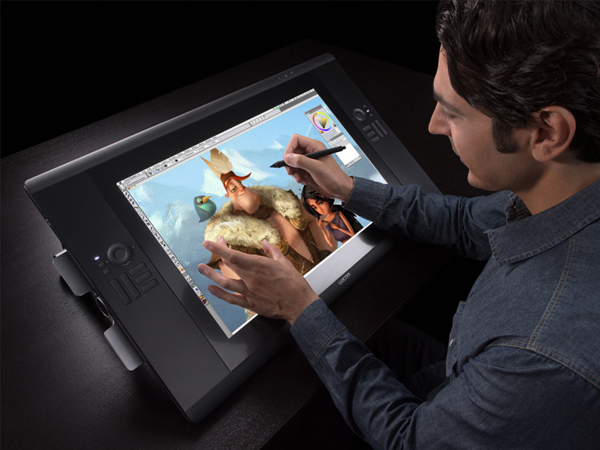
Interactive screens are the perfect solution for professional designers. Structurally, such tablets are full-fledged tablet computers running (most often) an operating system Windows.
Therefore, the technical characteristics of this device are very important. Among those worth paying attention to:
-
Screen resolution. More precisely, the important parameter is called 'pixel density'. The higher it is, the better. High pixel density provides maximum detail. So, for professional designers and web artists, tablets with at least a 2K screen are suitable;
-
CPU. Since graphics editors require a high-performance processor to process streaming data, it is worth paying attention to the models with Intel Core i5 and i7;
-
RAM. Similarly, if you plan to process complex images in professional graphics editors, you should choose tablet models with at least 8 GB of RAM.
-
In addition, professional designers and artists will need tablets with discrete graphics. Integrated is enough for beginners.
Top manufacturers
Wacom is by far the leader in the graphics tablet market. Of course, the devices developed by her are somewhat expensive, but the cost is fully justified by the highest quality. It is the Wacom tablets that the vast majority of professional designers use. Ultrabooks such as Apple iPad Pro, Microsoft Surface and Google Pixelbook are equipped with Wacom stylus.
Wacom produces both budget lines (for example, the 'kids' oriented Bamboo series) and professional mobile interactive screens (Mobile Studio Pro line), well, everything in between.
Other manufacturers include:
-
Genius. Produce budget tablets for budding designers;
-
Huion. The main competitor is Wacom, which produces mid-range devices;
-
Ugee (Parblo). Also produces tablets of the middle price segment.
-
In addition, we can highlight the Google companies Apple and Windows, because their current ultrabooks and tablets can also be used by graphic designers for drawing.
!
In the following articles, our experts will tell you how to choose a memory card for a tablet, the secrets of choosing an inexpensive tablet, and a complete guide to choosing a gaming tablet.
Attention! This material is the subjective opinion of the authors of the project and is not a purchase guide.


